During this time when the Coronavirus pandemic threatens the very way we live our lives, and we have to adapt to a new way of interacting with the world, so much information is available about the different types of personal protective equipment and what we should and shouldn’t use that understanding it can be quite a challenge. Here are some of the PPE options explained.
Washing Your Hands
Early in the outbreak of COVID19, it became clear that keeping our hands clean and washing them frequently would be one of the most important ways to slow the spread of the coronavirus. Couple this with consciously stopping ourselves from touching our face and we’re ticking the first box of prevention. You should wash your hands with a good quality soap as regularly as possible for at least 20 seconds and vigorously cover all parts of your hand, between your fingers, your wrists and the back of your hand. You should also always wash your hands before preparing any food, before and after meals and eating, and before feeding children or other people. You should also wash your hands after visiting the bathroom, changing or washing baby nappies or handling waste.
If you can’t wash your hands with running water, an alcohol-based hand sanitizer should be used often, particularly when out of the house and interacting with others, products in a supermarket or shop and touching things in public places like hand rails, escalators and buttons. The hand sanitizer should contain at least 60 to 70% alcohol.
When and How to Use Masks
The World Health Organisation and the health departments of many countries around the world have strongly emphasised the importance of wearing a face covering to help prevent the spread of COVID19 amongst the population. This is because the virus is spread by tiny respiratory droplets and covering your mouth and nose can prevent these droplets from travelling very far. It provides a small barrier of protection to the wearer, but most of the effectiveness comes in the form of a barrier preventing particles from the wearer travelling very far at all. Masks should be worn whenever you’re in public and should snuggly fit over the nose and mouth.
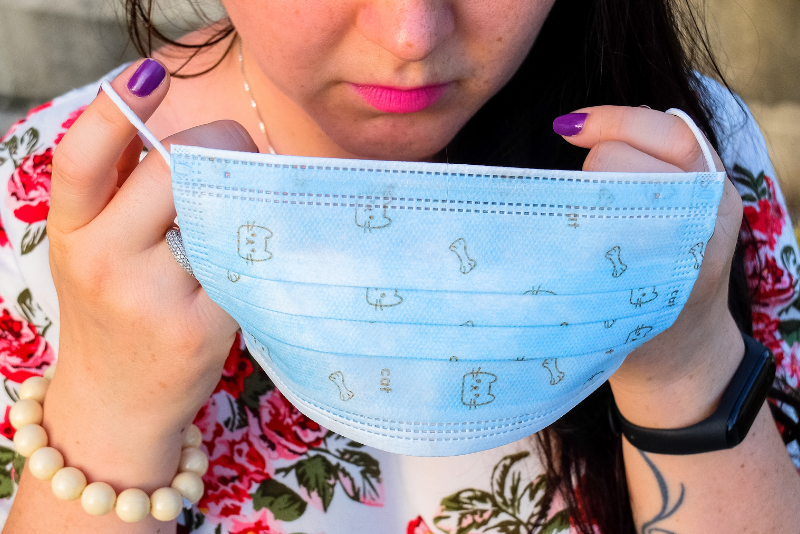
Comparing the effectiveness of the different masks like surgical mask vs cloth mask vs n95 protection against Covid-19, for example, is a heated debate and discussion amongst professionals and friends alike, but one thing remains certain – stopping the coronavirus from wreaking havoc on our society relies on all of us doing our part and wearing any sort of face covering when we are in areas or situations where social distancing becomes difficult.
Cloth, Surgical or N95 Masks
Cloth masks are any mask made of a woven fabric like cotton, polyester or any number of other materials, secured either with ear loops or tied behind the head. They are cheap and easy to obtain or to make at home and can be washed and reused many times before they need to be replaced. In general, health departments recommend that the general public make use of cloth masks whenever they leave home.
Surgical masks are those that are used in medical and healthcare environments where a higher level of protection is needed. They’re made from a non-woven fibre usually heat spun and tested for reliability by the FDA and manufactured to international standards. They differ from N95 masks which provide a full seal of the face and can filter up to 95% of airborne particles. They are in incredibly high demand and not recommended for anyone outside of high-hazard areas.
Face Shields and When to Use Them
Sometimes we’ll see face shields marketed as an alternative to face masks, offering an alternative to those who might find a mask uncomfortable, restrictive or anxiety inducing. The use of face shields is commonplace in high risk hospital and healthcare environments and those healthcare workers working in COVID19 environments rely on them. They are a physical barrier to the face, preventing blood, bodily fluids and other fragments from reaching the face.
They’re great at protecting the nose and eyes and this makes them perfect for protection against the coronavirus because this is where the virus enters our body. Some studies show effectiveness against flu reaches to 90% but the CDC doesn’t recommend we rely on face shields for the COVID19 pandemic on its own because it isn’t an effective barrier on its own. It can be a great addition to a facemask, as you’ll see it used in those medical environments. If you insist on using only a face shield, the CDC recommends that it extend well past the chin and wrap around the sides on your face. It’s also important that you keep your face shield clean by sanitizing it frequently. You can use the same soap or hand sanitizer that you’re using for your hands on this face shield. Keeping some alcohol pads handy to wipe your face-shield off is also a great idea when you’re on the go. If it breaks or cracks, discard and replace it.
Are Gloves Really Necessary?
Referring again to the Center for the Disease Control’s recommendations, gloves are something that isn’t necessary for most people on a day to day basis for things like doing the grocery shopping or interacting with things in public we need to touch like cash machines.
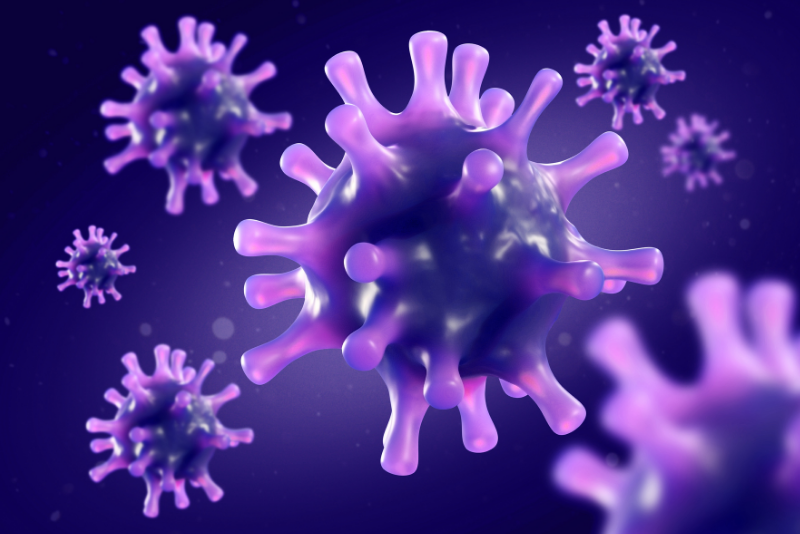
There are certainly times that wearing gloves can be beneficial, but for the most part, a good hand washing routine, or using a 60% alcohol hand sanitizer frequently, is all you need. If you have hand injuries or broken skin on your hands, you might consider wearing gloves, and if you’re caring for sick friends, family or relatives you should also make use of disposable latex gloves. If you’re cleaning and disinfecting your home or common areas as well as following any other instructions given by the cleaning products you’re using, like good ventilation in the areas you’re cleaning, gloves are a good idea.
Some Common Myths
There are many, many different myths surrounding the coronavirus and sometimes knowing what to believe and what not to believe can be quite difficult. We’re also still learning about COVID19 and when to be cautious and when it doesn’t necessarily matter too much. As time goes by, we’re getting better at identifying these things.
A common belief is that we should wipe down all the products we bring home from the grocery store when we get home. There isn’t any real evidence that people are contracting the virus in this way but wiping down packaged food won’t do any harm. It’s not recommended that you wipe down unpackaged fruit and vegetables however as you will expose them to chemical cleaners which will eventually make their way into your body.
The same can be said for clothing. There’s no documented risk involved with COVID19 transmission via clothing, and you shouldn’t need to change your clothes after arriving home, but if you’re involved in care of sick people you should follow the guidelines for the proper cleaning and disinfecting of clothing.
If we use some common sense and are careful to limit our interaction with others to only what is necessary, and follow the basic guidelines of washing our hands frequently and wearing a face covering in public, we are in a good position to get through this pandemic and return to normal life.
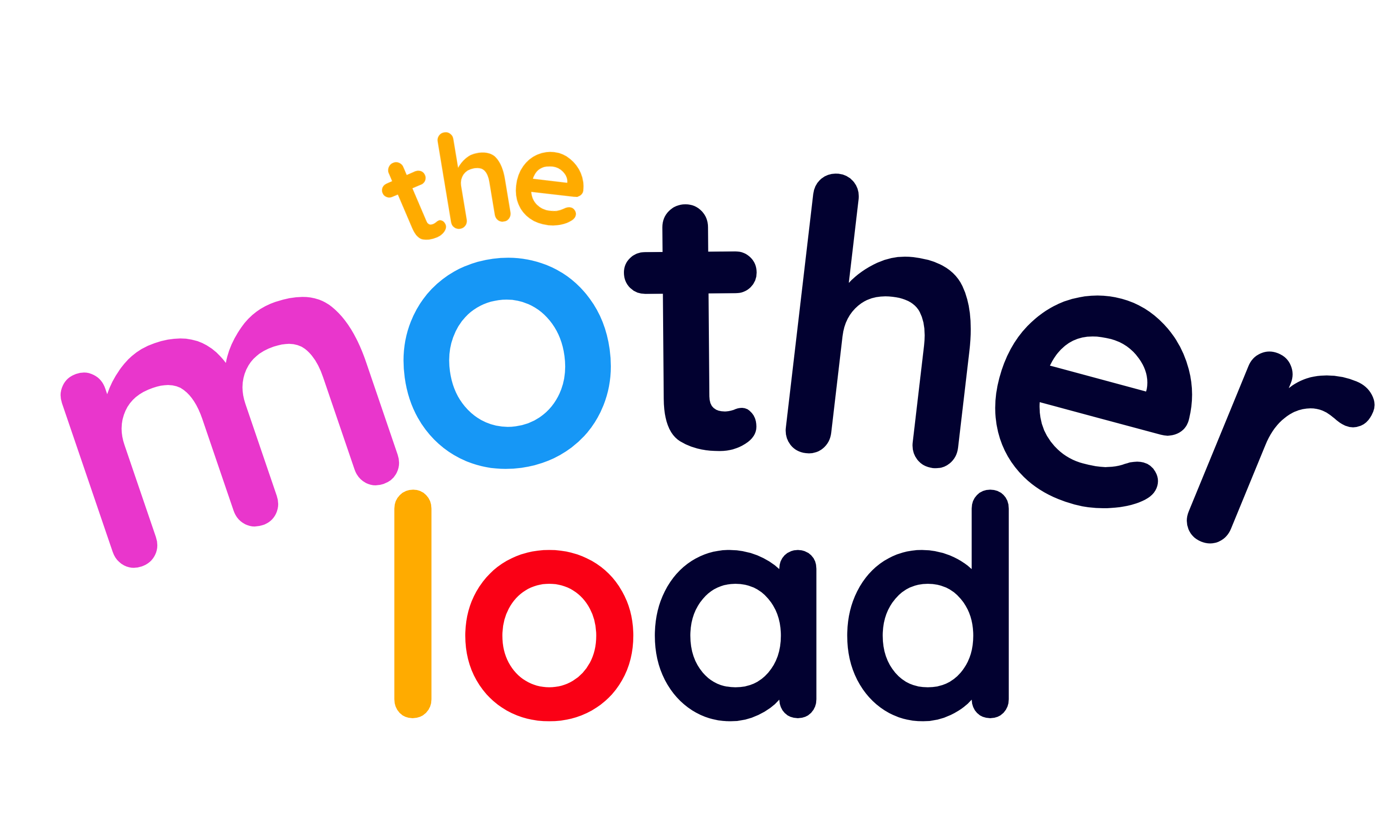
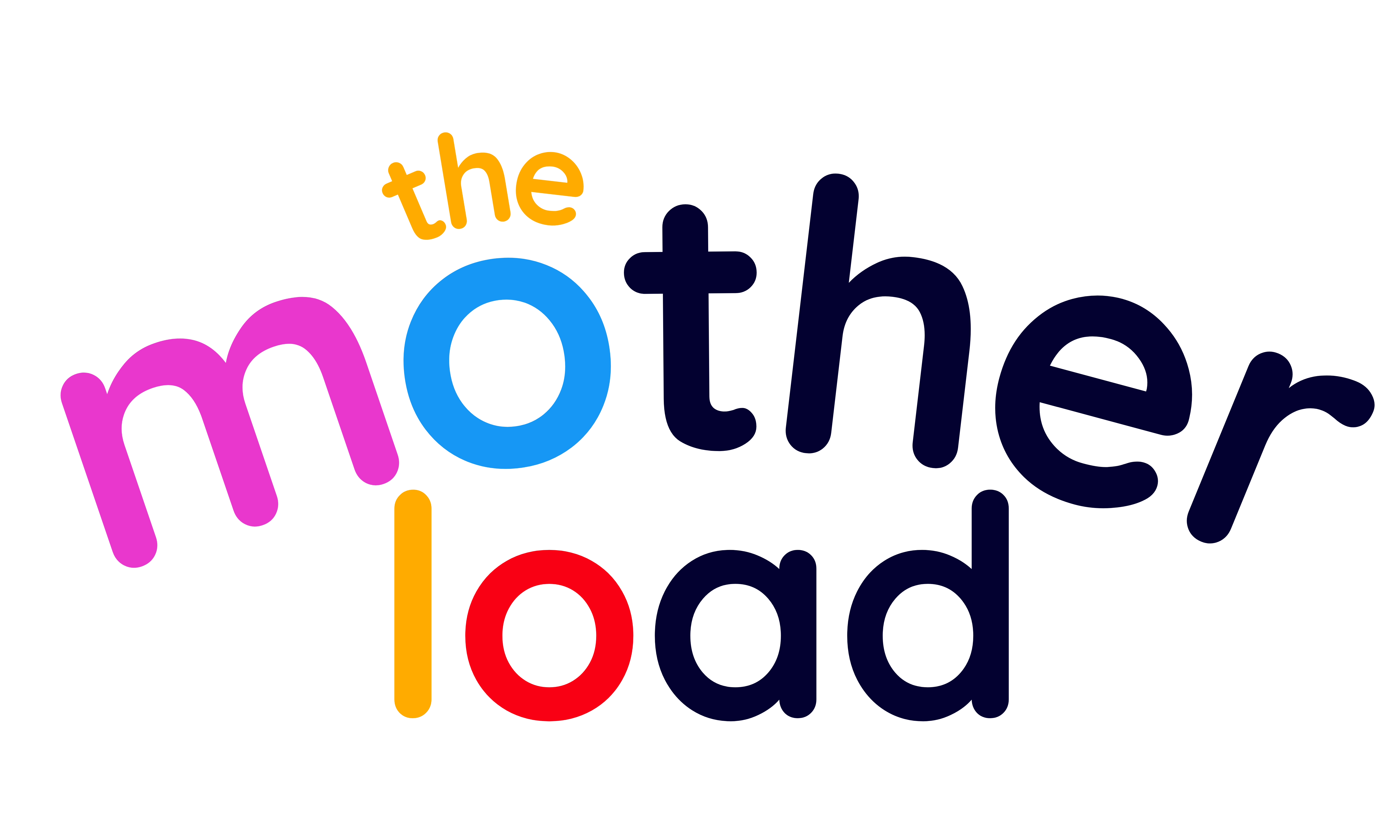
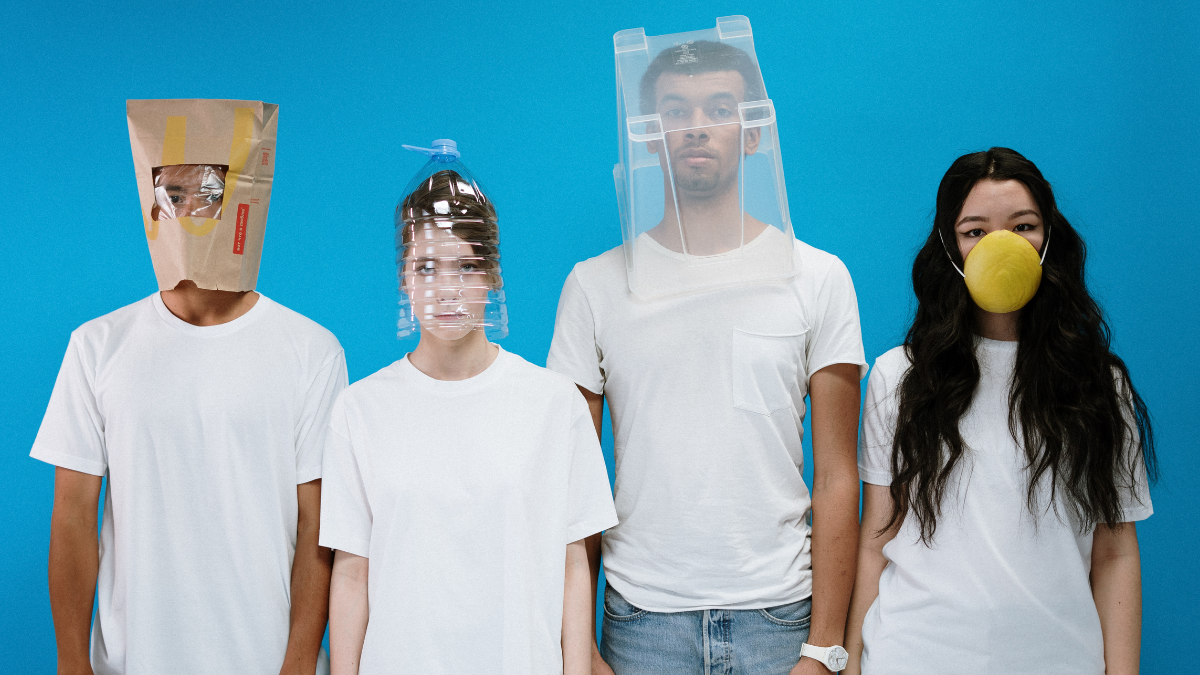


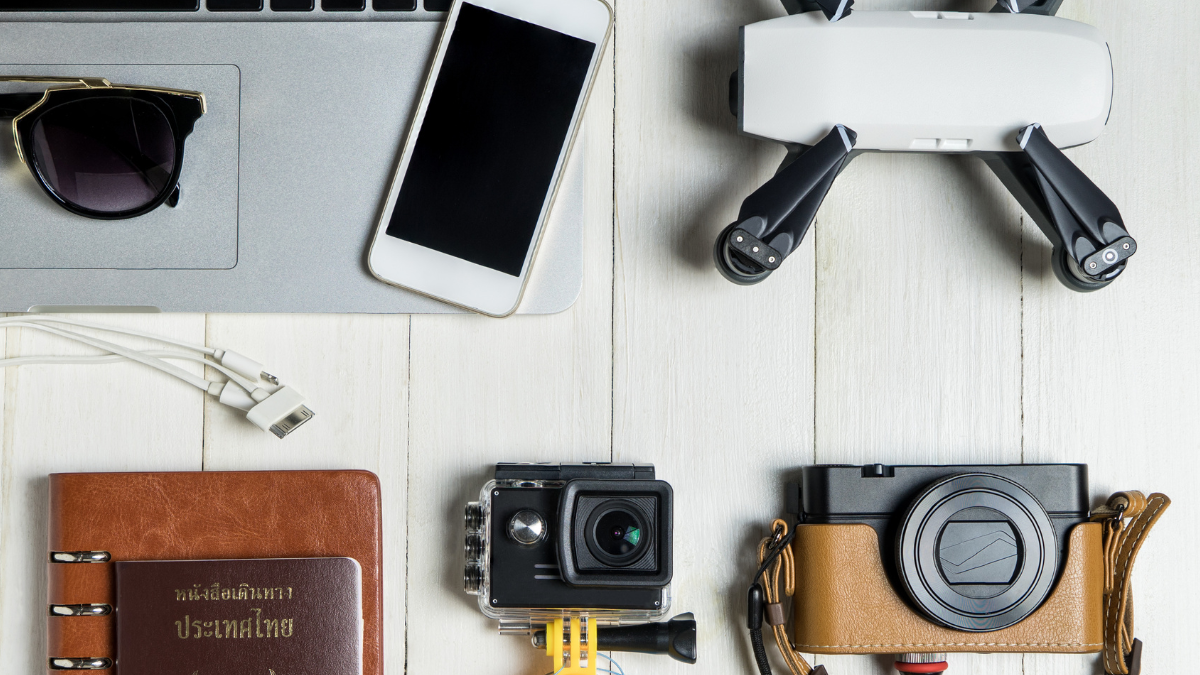
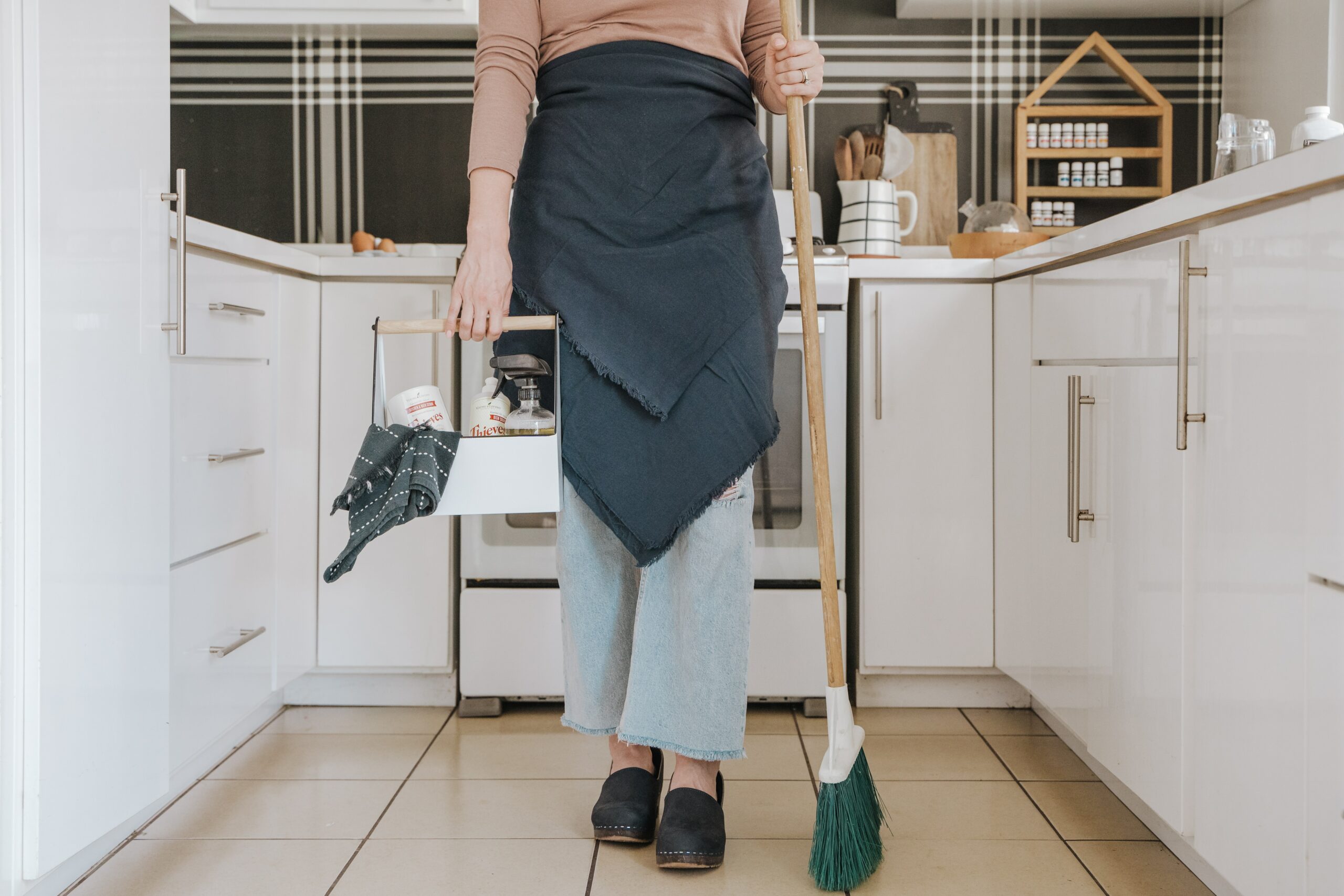





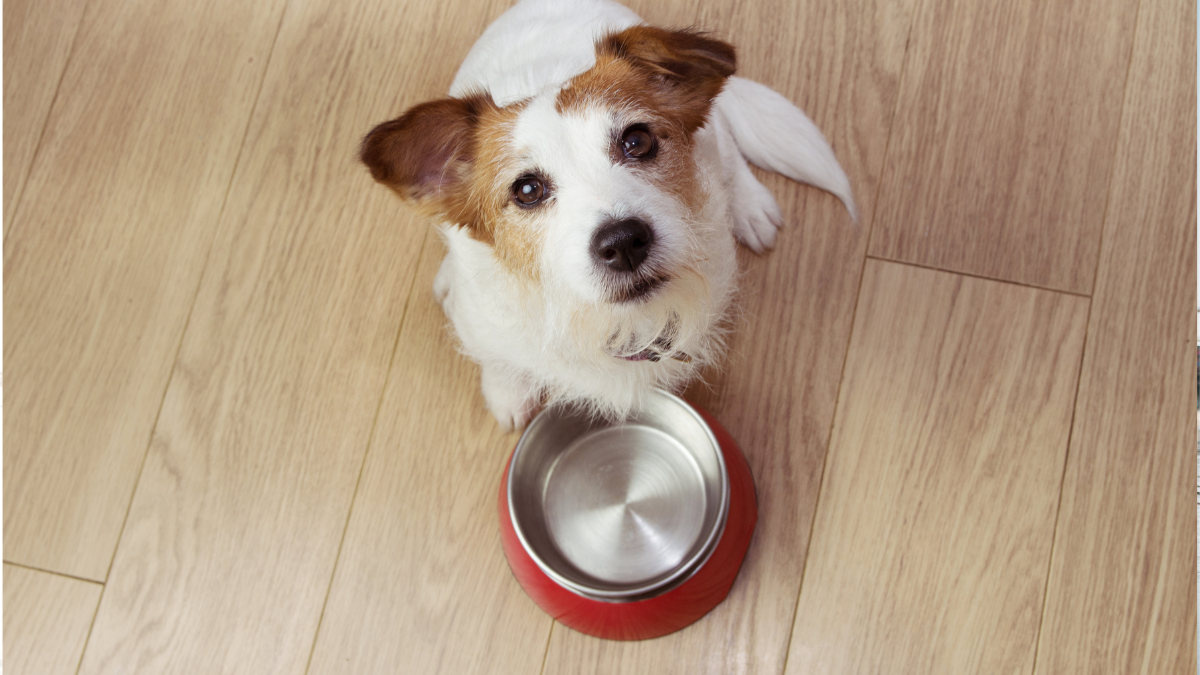
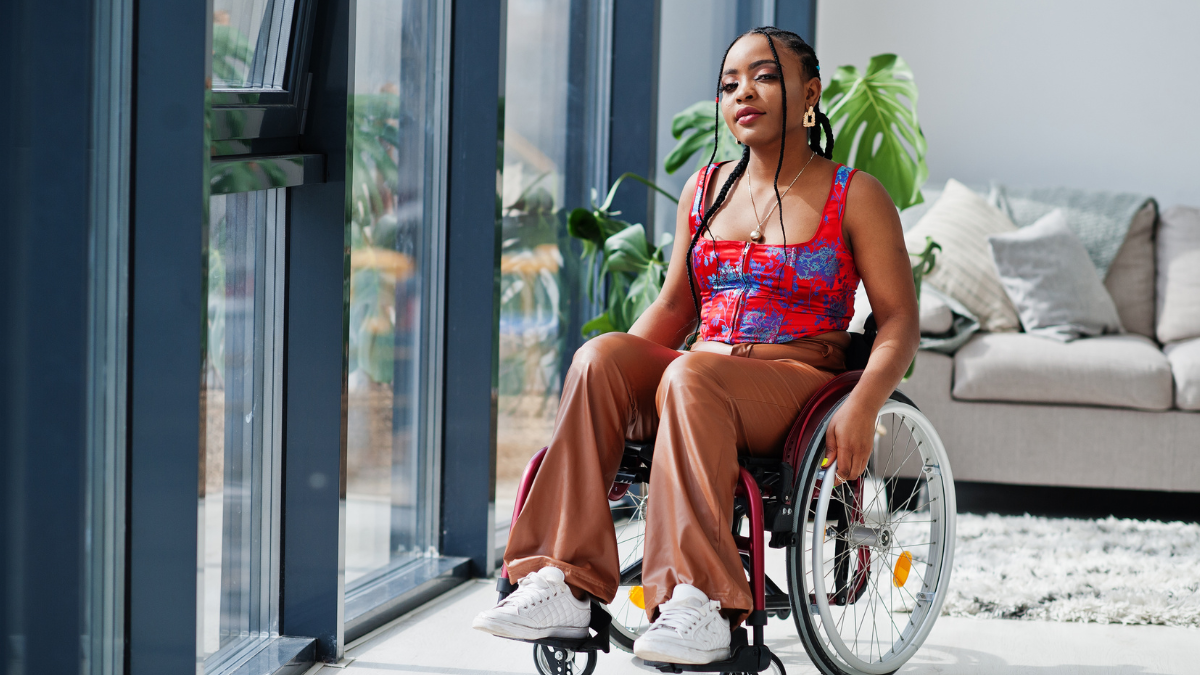
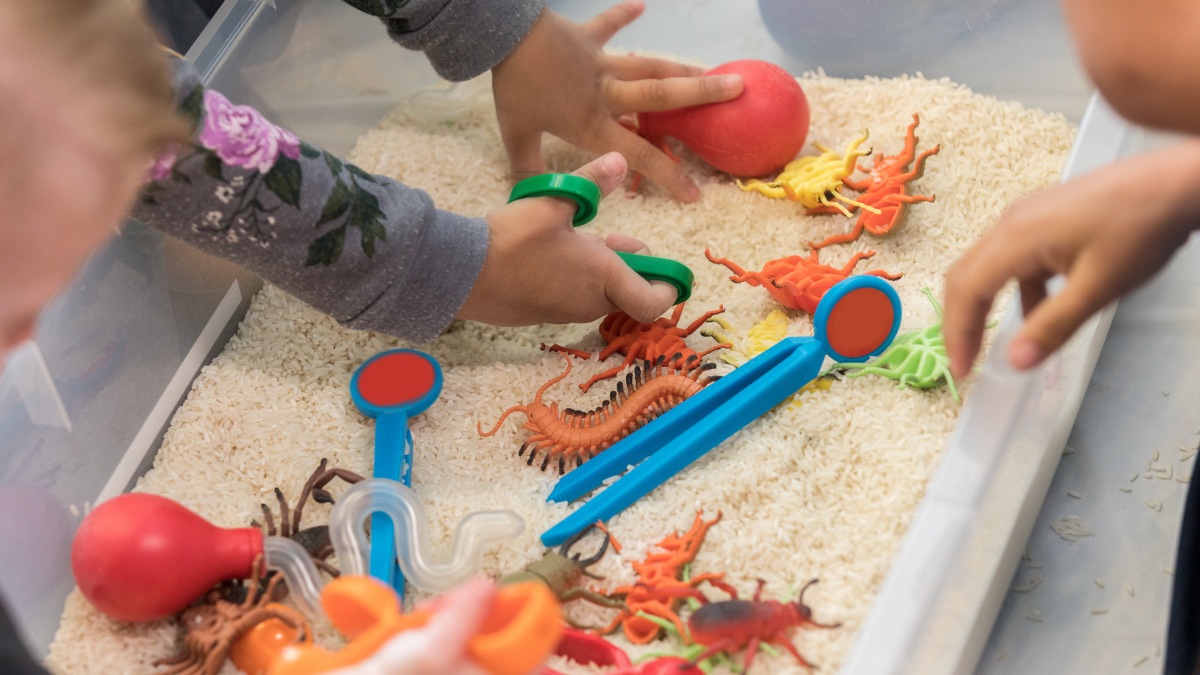
No comments yet. Be the first one to leave a thought.